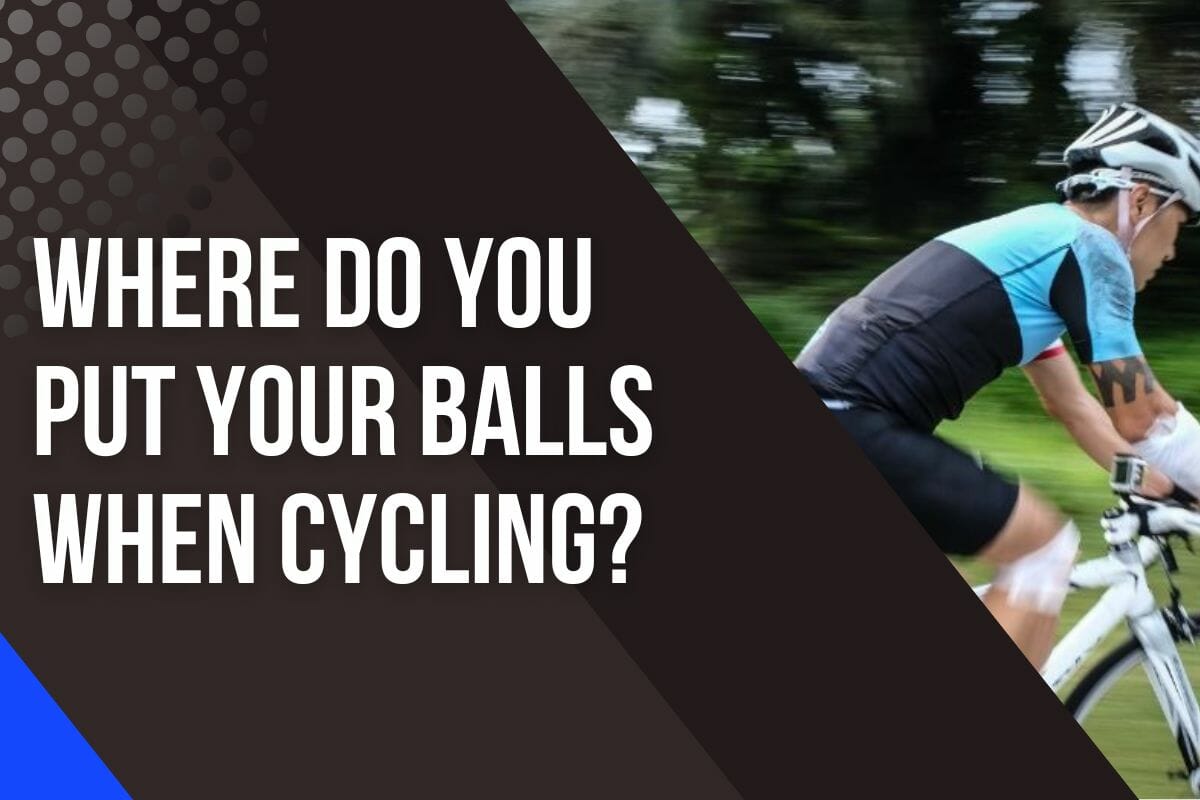How Hot Is Too Hot For Cycling? 9 Tips To Help Keep Your Cool
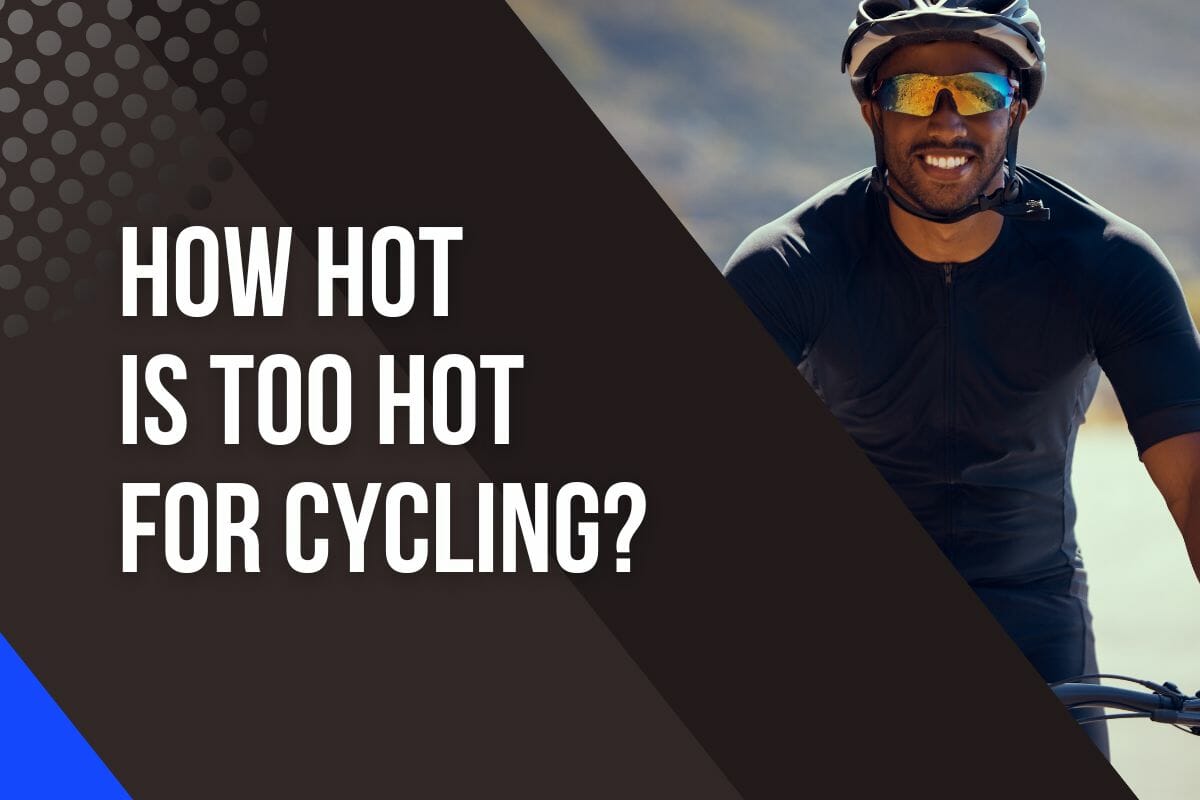
Are you an avid cyclist who loves to hit the open road on your bike?
If so, the heat of summer can be a big obstacle.
The heat can have a major impact on both your performance and safety while out riding.
Knowing when to stay off of your bike in extreme temperatures is essential if you want to get the most out of every ride!
In this article, we’ll discuss what temperature is too high for cycling, as well as tips for staying safe during summer rides.
What Temperature Is Too Hot For Biking?
The exact temperature that’s “too hot” will vary from person to person.
It also depends on how physically fit you are and what type of clothing you’re wearing.
Generally speaking, if the outside temperature is over 90°F (32°C) and/or the humidity is high, then it may be too hot for biking comfortably.
Even temperatures as low as 85°F (29°C) can feel unbearable with high humidity levels.
It’s important to consider not just the air temperature but other factors like wind speed when determining whether conditions are suitable for a bike ride.
High winds can make even mild weather seem more extreme due to increased evaporation and reduced insulation from sweat.
Additionally, direct sunlight adds an extra layer of intensity, making an already-hot day even hotter!
Is It Bad To Cycle In Hot Weather?
Intensive cycling in hot weather can be a dangerous activity.
With temperatures reaching the upper 80s and 90s Fahrenheit, it’s important to consider your fitness level before deciding if cycling is a wise choice or not.
Heat exhaustion and dehydration are real concerns that need to be addressed when riding in high temperatures.
If you’re planning on going out for a long ride, having plenty of water to stay hydrated will prevent any serious health issues from arising during your trip.
Additionally, wearing light-colored clothing and ensuring that your bike has proper ventilation will also contribute to keeping your body cool while biking in the summertime heat.
Ultimately, understanding the potential risks involved with cycling in hotter weather conditions can help cyclists take necessary precautions to ensure their safety and well-being.
It’s essential to pay close attention to both yourself and any warning signs that may indicate overheating or fatigue during rides so that you don’t put yourself at risk of injury or worse.
At the end of the day, it’s up to each cyclist to decide whether or not they feel safe enough to engage in strenuous physical activities like biking during scorching summer days.
9 Tips To Help You Keep Your Cool Under The Sun
When the temperatures rise, cycling can become unbearable.
If at any point during your ride, you start feeling dizzy, nauseous, or weak, these may be signs of heat exhaustion and you should take a break immediately.
It’s essential for temperature regulation that you take regular breaks in shaded areas during rides in high temperatures.
By following the tips below, you can enjoy your summer rides without overheating.
1. Keep Hydrated
Staying hydrated is essential when cycling in hot weather.
Not only does drinking water help keep you cool, but it also helps prevent dehydration and other health risks associated with excessive heat.
The following hydration tips will help ensure that your body stays properly nourished during a ride:
First, make sure to drink plenty of water throughout the day—not just before or during a ride. It’s important to increase your normal water intake on hot days to compensate for increased sweat loss due to higher temperatures.

Make sure you always have access to cold drinks while out riding so that they can be consumed as needed.
If possible, consider using an insulated water bottle or bladder that keeps fluids cooler longer than regular bottles do.
Second, it’s important not just to drink enough, but also to choose the right type of beverage.
Mineral water, coconut water, fruit juice, and sports drink are great for replenishing electrolytes lost through sweating; however, avoid sugary beverages such as soda which may lead to further dehydration.
Also, consider adding frozen fruits (such as grapes) or ice cubes into your drinks for extra cooling power!
Remember that staying well-hydrated is key for keeping cool and avoiding exhaustion on hot rides – never underestimate its importance.
2. Prevent Sunburn
Sunburn can be painful and cause skin damage that lasts for weeks – so prevention is key!
Here are some tips on how to prevent sunburn while cycling:
Firstly, always apply sunscreen before you go out riding.
Make sure to choose a broad-spectrum option with an SPF of at least 30 or higher.

Reapply every two hours if you’re going to be out in the sun for long periods during your ride.
Wear lightweight clothing that covers as much of your body as possible, such as light-colored shirts and pants.
3. Dress For The Weather
When cycling in hot conditions, what you wear can be just as important as applying sunscreen.
Suitable apparel is key for temperature control and staying safe on your bike ride.
Comfortable biking clothing should be lightweight and breathable.
It’s best to avoid cotton fabrics since they trap heat and sweat easily.
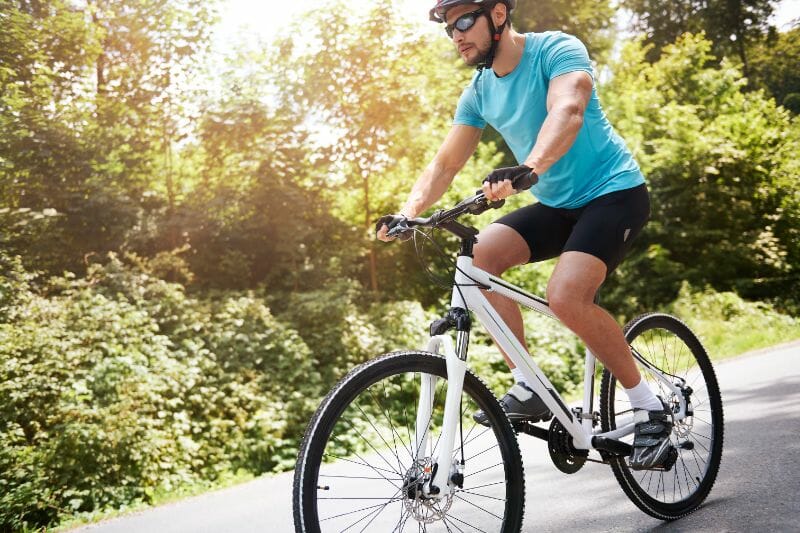
Instead, opt for synthetic materials like polyester or spandex blends that allow air circulation around your body while keeping you cool in the summer months.
Cycling apparel made with advanced technologies such as moisture-wicking fabric will also help keep you dry during long rides in hot temperatures.
Don’t forget to wear your cycling helmet to protect your head from direct sun exposure. This will prevent headaches caused by excessive heat.
Cycling glasses are also essential to protect your eyes from UV, glare, and blue light.
4. Plan Your Route Carefully
When it comes to cycling in hot weather, planning your route carefully is key.
Consider the terrain and temperature of your chosen path before you set off.
Avoiding hills can be beneficial if it’s particularly scorching outside, as going up inclines will require more effort from you and increase your body temperature even further.
Planning also means that you can stay well hydrated by making sure there are plenty of water stops along the way.
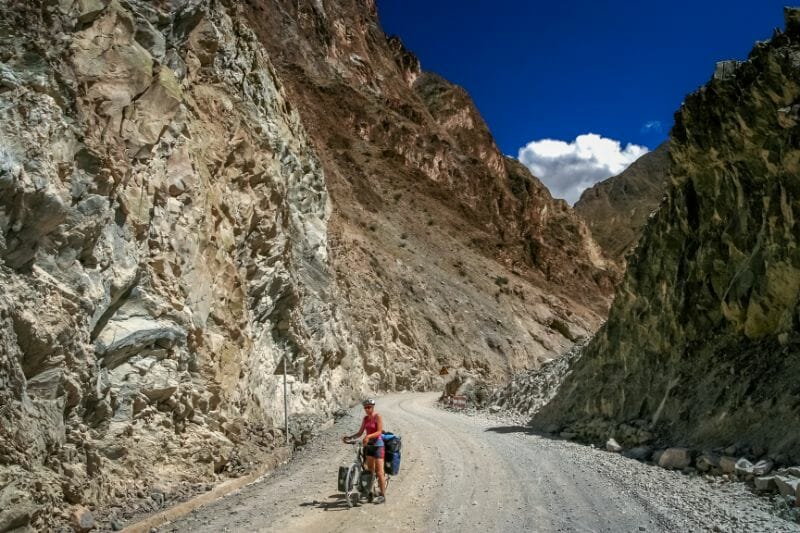
If possible, try sticking to urban areas with lower temperatures than rural roads; this might mean taking a slightly longer route but it could save you from dehydration or heat exhaustion!
Always take regular breaks during your journey so that you can rest in the shade and cool down – this may not only make for a more enjoyable ride but also ensure that you’re able to complete it safely.
Take into account local knowledge when deciding on where to go too – ask locals about which places tend to be cooler at certain times of day or year, what routes they’d recommend given the current conditions, and any other tips they have for keeping cool while riding around their area.
With careful preparation and consideration of how hot it is out there, cyclists should be able to find an enjoyable yet safe route no matter how sweltering the summer sun gets.
5. Factor In The Wind
Wind can provide a cooling effect while cycling and offer some ventilation that can help keep you cool.
Wind chill also plays an important role in protection from the heat, so it’s essential to take advantage of any gusts or breezes as they come your way.

Choose routes with shade trees. Taking shelter from direct sunlight under tree branches can give you an extra bit of relief from the heat if needed.
It will also block out some of the wind, so be sure to double-check which route offers more overall benefit based on both these factors combined.
6. Keep An Eye On The Road Surface
On very hot days, tarmac can melt, causing patches of slippery or sticky tar as the road surface lifts off in the heat.
You have to be extra careful when cycling in these conditions as the tar can be extremely dangerous for cyclists and can even cause a crash.
I exercise great caution when riding on roads affected by heat like this.
I always keep an eye on the road ahead of me and check my tires regularly to make sure they aren’t picking up any debris from the melted tarmac.
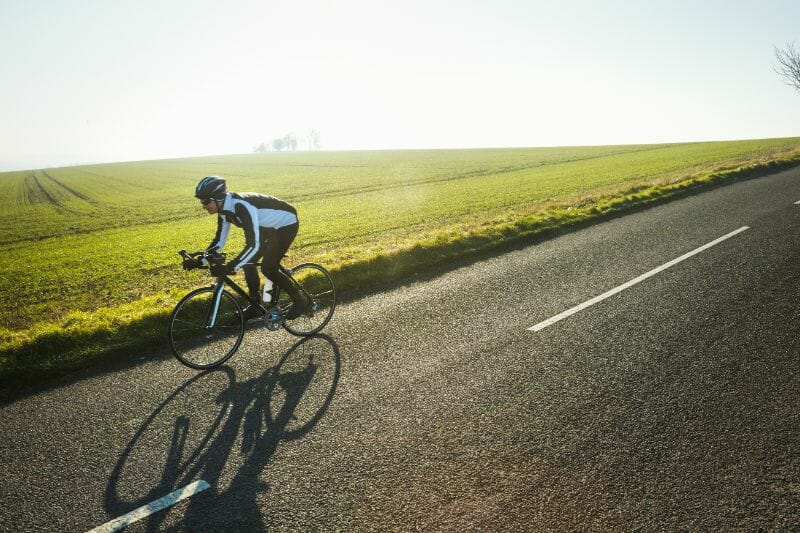
If I do find that my tires are covered in tar, then I take the time to clean them off with a wet cloth or sponge before continuing my ride.
This helps ensure that I have a good grip while out on the roads and reduces the risk of slipping or skidding due to poor traction caused by tar residue.
I recommend you do the same.
7. Ride In The Morning Or Evening
Morning rides and evening rides are great alternatives to the hottest parts of the day – early morning or late evening when it’s cooler outside.
You’ll also get some peace before rush hour traffic starts clogging up the roads.
Not only will you enjoy less traffic, but since most people are still asleep at this time, you won’t have to worry about other cyclists getting in your way either!
Evening rides can also provide plenty of relief from hot weather biking. As soon as the sun sets, temperatures start dropping significantly.

The air gets cool enough so that even if it was scorching earlier in the day, now it feels like an entirely different world out there on two wheels.
Plus, with all those street lights around, you’ll feel confident and safe breezing through town after dark.
Riding your bike gives us the freedom we never knew existed – so why not take advantage of mornings and evenings when it’s more comfortable to ride?
8. Choose Liquids And Semi-Solids For Fuel
Some riders swear by liquid intake and others prefer semi-solid food for refueling.
But what is the best choice?
That depends on several factors including your energy needs and climate conditions.
Liquid provides a steady stream of energy that can be quickly absorbed in the body during long rides or races.
Drinks like coconut water help replenish electrolytes lost through sweat while providing carbohydrates for energy.

Alternatively, many cyclists opt for energy bars or gels because they provide a sustained slow release of carbohydrates over time so you don’t crash after a big surge of sugar.
It’s important to find the right balance between liquids and semi-solids when choosing cycling fuel – too much of either one could cause digestive problems or lead to fatigue mid-ride.
Try out different options until you find something that works for you and make sure you stay hydrated no matter what type of fuel you choose!
9. Adjust Your Targets
When it comes to cycling, how hot is too hot? It depends on a variety of factors. The best way to approach the issue is by adjusting your targets:
- Setting goals that are realistic and achievable in line with your physical fitness levels and the conditions you’re facing.
- Changing objectives if necessary based on changes in temperature or other external factors.
- Making sure to have realistic expectations when biking in hotter weather so as not to overdo it and cause harm to yourself.
This process requires self-awareness and discipline, which will help keep you safe while also helping you reach your desired results.

Ultimately, understanding what works for your body in different climates can be an invaluable asset for any cyclist can be looking to take their performance up a notch without sacrificing safety.
My Verdict
Cycling in hot weather can be uncomfortable, but it doesn’t have to be dangerous.
The key is to dress appropriately and stay hydrated so you don’t get too hot and exhausted while cycling.
Wear light-colored, breathable clothing that will help keep your body temperature regulated and make sure you take plenty of water breaks along the way.
As long as you pay attention to your own body’s needs and take the necessary precautions, you should be able to enjoy your ride safely without any issues.
